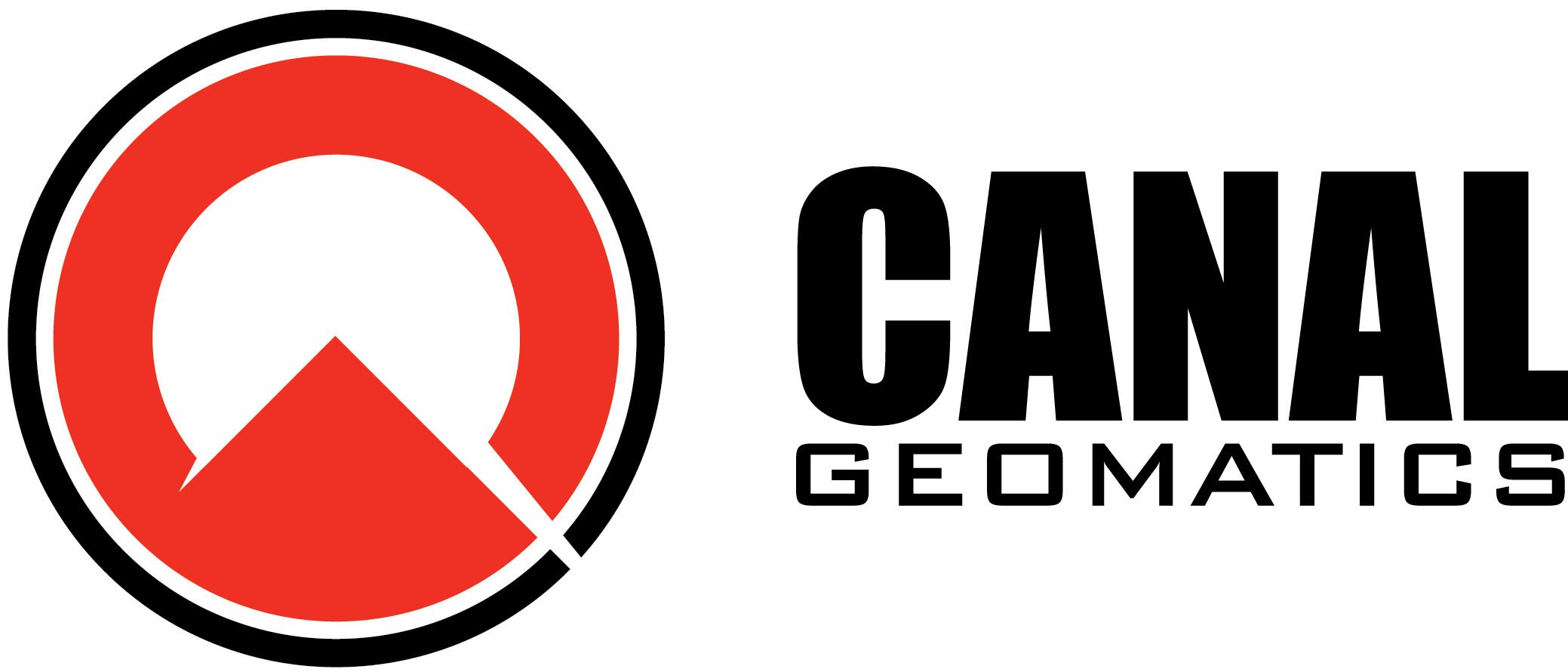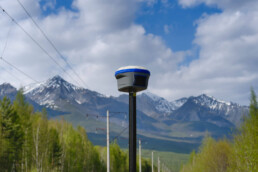Understanding UHF Radios in Surveying
UHF radios are a critical component in modern surveying workflows, enabling seamless communication between GNSS base stations and rovers. These radios transmit correction data that enhances positioning accuracy, making them essential for applications requiring precise geospatial measurements. Their ability to operate on ultra-high frequencies allows them to maintain strong signals over considerable distances, even in environments with obstructions like trees, hills, or buildings.
What sets UHF radios apart is their reliability in challenging terrains. While other communication methods may struggle with interference or line-of-sight limitations, UHF radios are designed to handle these conditions effectively. This makes them an indispensable tool for surveyors working in diverse environments, from dense urban areas to remote construction sites, where maintaining accurate and uninterrupted data transmission is crucial.
Selecting the Appropriate UHF Radio Equipment
Choosing the right UHF radio equipment is key to ensuring optimal performance in surveying and mapping applications. Start by considering the frequency range and power output of the radio. Higher power output extends communication range, which can be beneficial for large survey areas, while a suitable frequency range ensures compatibility with local regulations and environmental conditions.
It’s also important to select equipment that integrates seamlessly with your existing GNSS systems. Radios that support the same protocols and correction formats as your receivers will simplify setup and operation. Additionally, check for features like adjustable power settings, robust enclosures for field durability, and reliable encryption options to secure your data. By prioritizing these factors, you can ensure your UHF radios enhance the efficiency and accuracy of your geospatial projects.
Optimizing Radio Signal Range and Quality
Maximizing the range and quality of your UHF radio signals is essential for maintaining reliable communication during surveying and mapping operations. One of the most effective ways to enhance signal range is by carefully selecting and positioning your antenna. High-gain antennas, such as Yagi or whip models, provide extended coverage and improve signal strength in challenging environments. Placing the antenna in an elevated location with minimal obstructions further ensures consistent signal transmission.
Environmental factors, such as terrain and weather, can also affect signal quality. While UHF radios are designed to handle interference, heavy foliage, buildings, or extreme weather conditions can still impact performance. To mitigate these challenges, you can use repeaters to extend signal range and maintain a clear line of communication. Implementing these strategies will help ensure that your data remains accurate and uninterrupted, even in the most demanding conditions.
Ensuring Data Integrity and Security
The integrity and security of your GNSS correction data are paramount when using UHF radios. Unencrypted transmissions can leave your data vulnerable to interception or tampering, which can compromise the accuracy of your project. To address this, many modern UHF radios include built-in encryption protocols that secure the communication link between the base station and the rover, protecting your data from unauthorized access.
In addition to encryption, using frequency-hopping technology can further enhance security by preventing interference from other radio signals operating on similar frequencies. This not only ensures a clean and reliable signal but also protects your system from disruptions caused by overlapping networks. By prioritizing security measures, you can safeguard your data and maintain the accuracy and reliability that your surveying projects demand.
Maintenance and Troubleshooting of UHF Radio Systems
Regular maintenance of your UHF radio system is essential to ensure consistent performance in the field. Begin by inspecting your equipment for physical damage, such as frayed cables, loose connections, or worn antenna mounts. Keeping your system clean and free of dust and debris can prevent signal degradation and extend the life of your hardware.
Troubleshooting common issues, such as signal loss or interference, can often be resolved with simple adjustments. Checking the alignment of antennas and verifying that the radio is set to the correct frequency can quickly restore functionality. Additionally, keeping firmware up to date ensures that your system operates with the latest features and bug fixes. Proactive maintenance and troubleshooting not only improve efficiency but also minimize costly downtime during critical operations.
Regulatory Compliance and Licensing
Operating UHF radios requires strict adherence to local regulatory standards to avoid penalties and ensure reliable performance. Licensing requirements vary by region, and you must secure either the appropriate permits or else make sure your radios operate within public frequency ranges before deploying your equipment. Agencies like the FCC in the United States or similar regulatory bodies in other countries oversee the use of radio frequencies, making it essential to familiarize yourself with their guidelines.
Compliance involves more than just obtaining a license. Using approved equipment that operates within designated frequency ranges is equally important. Non-compliance can lead to fines, equipment confiscation, or interference with other authorized users. By understanding and adhering to these regulations, you can operate your UHF radios confidently and without interruptions, ensuring smooth project execution.
Integrating UHF Radios with Modern Surveying Technologies
UHF radios are at their most effective when integrated with advanced surveying technologies like RTK GNSS systems. These integrations ensure real-time correction data is transmitted seamlessly, enabling centimeter-level accuracy for critical tasks. Modern surveying workflows rely on this synergy to enhance both precision and efficiency, whether it’s for land surveys, construction site management, or infrastructure mapping.
The versatility of UHF radios allows them to connect with a range of devices, including handheld GNSS receivers, total stations, and drones. With the right configurations, your UHF radio system can act as a backbone for your entire surveying setup, providing a reliable communication link that boosts data integrity and streamlines project workflows.
Case Studies: Successful Applications of UHF Radios in Surveying
Real-world applications highlight the value of UHF radios in solving complex surveying challenges. In one example, a large infrastructure project utilized UHF radios to maintain continuous communication between multiple base stations and rovers across a sprawling construction site. This setup allowed the team to collect precise data in real-time, reducing rework and keeping the project on schedule.
Another case involved a forestry survey in a remote, heavily wooded area. The team deployed high-gain antennas with UHF radios to overcome signal interference caused by dense tree cover. The robust signal transmission ensured consistent data collection, enabling accurate mapping despite the challenging environment. These examples demonstrate how UHF radios can adapt to diverse scenarios, delivering reliable performance and exceptional results.

